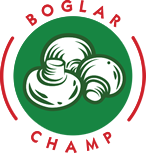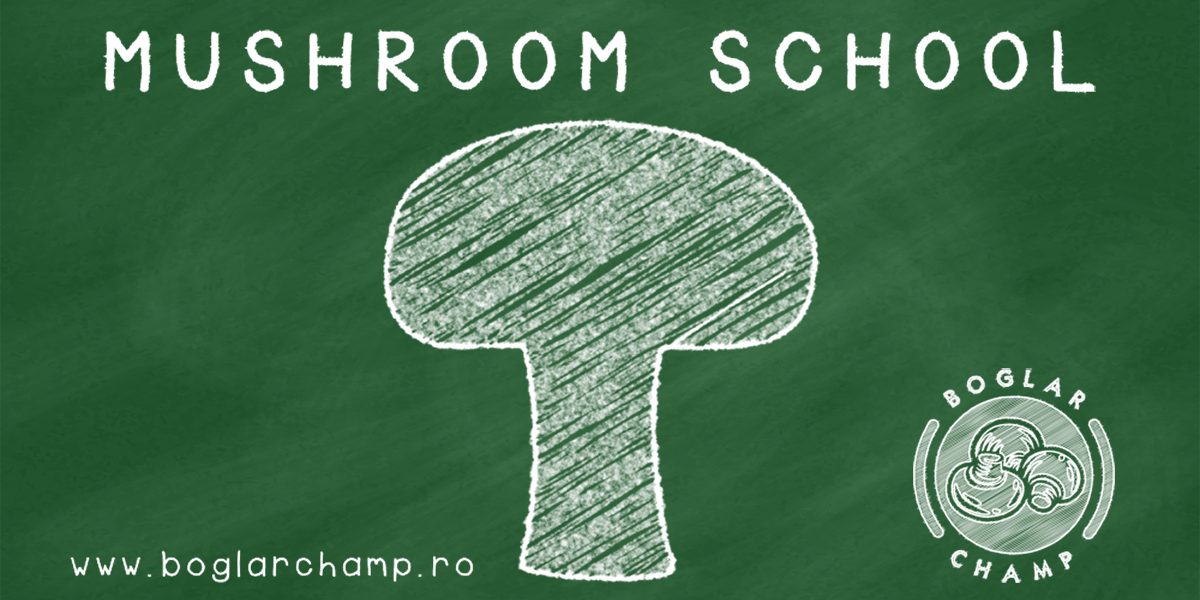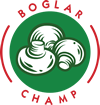Fall is again, fall is here… and we at Boglar Champ thought of you, pupils, when we came up with the idea to start a Mushroom school! Aside from the fact that mushrooms are great for making nutritious and tasty snacks for a developing body, there are also lots of fascinating facts and stories attached to them. For example, did you know that fungi (mushrooms) are neither plants nor animals? They are a separate kingdom in the living world. Scientists estimate that there are between 2.2 and 3.8 million species of fungi on Earth, less than 10% of which are known!
We have consumed edible mushrooms since ancient times. In prehistoric societies, knowing mushroom types was part of the hunting-gathering lifestyle: prehistoric humans observed what mushrooms animals ate and initially ate them raw or dried. However, there are also many mushrooms that can only be eaten cooked or baked, such as most wild mushrooms.
At Boglar Champ, we have been growing champignons and oyster mushrooms for 20 years and have focused on producing chemical-free mushrooms from the beginning. We use steam to disinfect the growing rooms so that the mushrooms are disease-free. These two species of mushrooms are the most widely cultivated mushrooms in the world.
Why are these two types of mushrooms the most popular?
Because they are tasty, nutrient-rich and relatively economical to grow in high yields.
Oyster mushrooms are also known in Germany as veal mushrooms, because they are so tasty, tender and rich in valuable nutrients. Did you know that they originated in Southeast Asia and conquered the world from there? Their white flesh is easier to digest than that of champignons, and they’re tasty and special, reminiscent of oysters. Like all mushrooms, they are low in cholesterol and fat and can be used in special diets, for example by diabetics and people with high blood pressure.
Button mushrooms that also grow in the wild are known and loved by everyone. At Boglar Champ we grow both white and brown. These tasty, high-quality mushrooms are also known as champignons. The oyster mushrooms and champignons we grow can also be eaten raw, added to salads or served with veggies. However, if you pick champignons in the woods, make sure to have them checked by an expert (so you don’t mistake them for poisonous mushrooms) and then only eat them properly prepared, baked or cooked.
Read our blog articles to learn more about why you should regularly consume oyster mushrooms and champignon mushrooms! And in this article we’ve collected some myths about mushrooms that are widely known.






